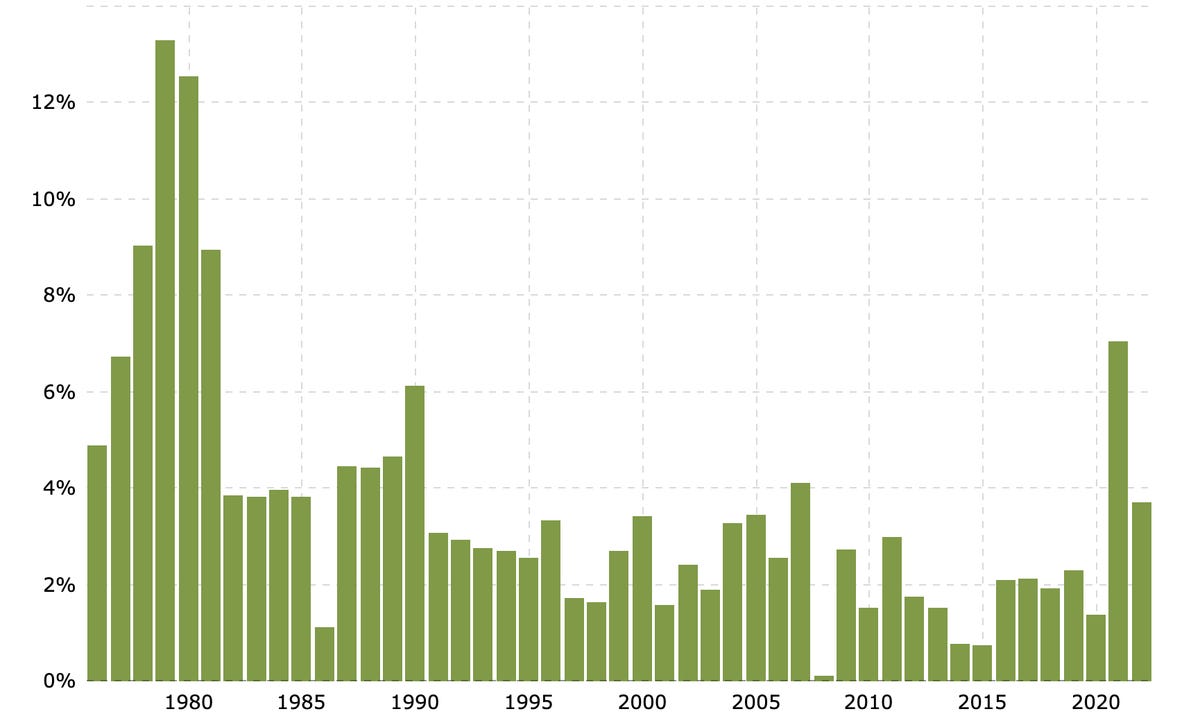
5 mistakes to avoid when buying a refrigerator
Buying a refrigerator is a big deal. If you make the wrong decision, you'll have to live with it for years, maybe even a decade or more. Don't freak out though. While it isn't everyday you shop for a large appliance, a little planning ahead of time goes a long way. This guide lays out the usual mistakes people tend to make when buying a fridge.
Not surprisingly, there are many pitfalls to avoid. On the list are things to consider before you step into the store, or click that buy button. One is choosing the wrong style and finish for your home's decor. Another is not thinking about capacity and your food storage needs. And sweating the details is important, too. Cantankerous interior drawers are never fun to live with. Are there compartments for cold cuts, cheese, dairy? Perhaps you don't care, but at least check before you commit.
Extras such as ice makers, water dispensers, and automatic water pitchers that you'll use every day can make a big difference, and even cameras and smarts are key factors too. And something that's a must-have feature for someone else might be a waste of money to you, so understanding what you're paying for matters.
Here are the biggest mistakes you can make when buying a refrigerator.
Think about what you want in a fridge before you buy.
Tyler Lizenby/CNETBuying the wrong style
Refrigerators may be large boxes but they're far from monolithic. They come in a range of shapes, sizes, and designs. Each style has its specific strengths and weaknesses. Some fridge types generally cost less but won't offer many fancy features. Others tend to have all the latest bells and whistles plus a massive price and large size.
Buying the wrong style appliance could mean bad news. You might get stuck with a bloated bill, no frills at all, or something that won't fit where you want it. Here's a rundown of major fridge styles so you know what to expect
Top freezers
The classic fridge design, top freezer-style models have been around for decades. They have a main chiller section for fresh food and a smaller freezer compartment above it. If you need a lot of room to store frozen items this style of refrigerator isn't ideal. They're also pretty basic appliances and lack extras such as in-door water dispensers and automatic ice makers. The upside is they tend to be more affordable and more compact than other fridge styles.
Buy: If you want to save money, don't need fancy extras, and have a small kitchen
Don't buy: If you want high style, lots of storage and luxury features.
Bottom freezer
On average these refrigerators come in slightly larger sizes than top freezers. They have a reverse layout too with their larger freezer section on the bottom. The chilled section for fresh food sits above that. While bottom freezer models provide easier access to fresh items, frozen food will be tougher to reach. Even aided by drawer-style freezer doors, you'll still have to bend down to grab what you want.
Buy: If you want more room for frozen food than top freezers and easier access to fresh items.
Don't buy: If you can't stand bending down to reach frozen food.
Side-by-side
This style of refrigerator is all about compromise. Side-by-side models offer a balance between saving space and providing extra features. They're split down the middle with two doors, one for the freezer on the left and the other for the fridge on the right. Their doors are relatively narrow too since they don't swing out as far. Don't expect special drawers for quick drinks or easy access to kids' snacks. Side-by-side refrigerators do have lots of freezer and fridge storage. Some models also come with fancy add-ons such as in-door ice makers, water dispensers, and touch controls.
Buy: If you want ample storage and a handful of modern features, or if you have a narrow kitchen.
Don't buy: If you crave extra compartments for quick or kid-friendly access to drinks and snacks.
French door
A combination of side-by-side and bottom freezer models, French door refrigerators try to offer it all. They usually pack in the most advanced features including smart, connected functions and special compartments. French-door models are also the most popular fridge variety so they're available in the most colors and finish options. As a result, you'll pay top dollar for them too.
Buy: If you want all the bells and whistles you can get and have a big budget.
Don't buy: If you're hunting for a bargain.
Fridges are big and heavy so make sure it'll fit where you want it first.
Chris Monroe/CNETForgetting to check the fit
No matter what fridge style you choose, one massive misstep is not checking the fit. Make sure the new appliance will squeeze into the same spot as your current refrigerator. Do that by measuring the dimensions of your old unit. Then compare them with the new fridge you plan to purchase. Ideally the replacement appliance will be identical to or smaller than the current model. This is especially important if your current fridge lives in a recessed nook within built-in cabinets.
It's equally important to measure your counter depth. Some fridges can stick out far beyond your counters, jutting into your kitchen. If you have a kitchen island, measure how much clearance you have to open the fridge doors or walk past the fridge.
Don't forget to measure entry points too, such as your front door, hallways, basement doors, and so on. Anticipate the path a delivery person will take to avoid any unexpected issues or complications.
Decide how much storage space you need.
Tyler Lizenby/CNETNot accounting for storage and capacity
No refrigerator owner is the same. Choose a fridge that fits your particular storage needs. Do you tend to keep lots of items on ice for long periods? Make sure to select an appliance with plenty of freezer space. In this case a side-by-side model is probably best. If the opposite is true then a big French-door fridge is likely more your speed.
Of course your prospective purchase might serve as secondary refrigerator. Scenarios for this are small apartments, second homes, and basement kitchenettes. Likewise if you already own a stand-alone fridge or freezer, price is probably paramount rather than storage space.
The right fridge color can make or break your kitchen decor.
CNETDiscounting color and finish
The appearance of the fridge you ultimately settle on is no small matter. Outside of its functions and features, a refrigerator's (or any large appliance) exterior can have a huge impact on a room's decor. Pick poorly and a fridge can clash with its surroundings -- giving your kitchen a random, even cluttered aesthetic.
Depending on the look you're going for, you may decide that your new refrigerator should match the color (and texture) of other nearby appliances. You could do the opposite too and select a fridge with striking colors or a retro-inspired design. As long as the rest of the room is neutral, your distinctive appliance will serve as a positive focal point.
For a deep dive on how to choose the color and finish of your new appliance, read our full guide.
Little details such as how easy (or hard) it is to use interior drawers are important.
Tyler Lizenby/CNETLetting the small things slip
Another trap you may fall into when shopping for a new fridge is not considering other, smaller factors. For instance you may overlook details about the interior. How easy is it to open and close the crisper drawers? Are there any sharp edges anywhere that could scrape or scratch knuckles or forearms?
New LG Instaview fridges now make clear ice spheres for fancy drinks.
LGSometimes a refrigerator will lack dedicated compartments for meats, cold cuts, dairy, or cheese. And if you'd like to have an ice maker, water dispenser, or autofill water pitcher, check if there's a water line nearby. It's best to know this information before you commit to the purchase.
Source



